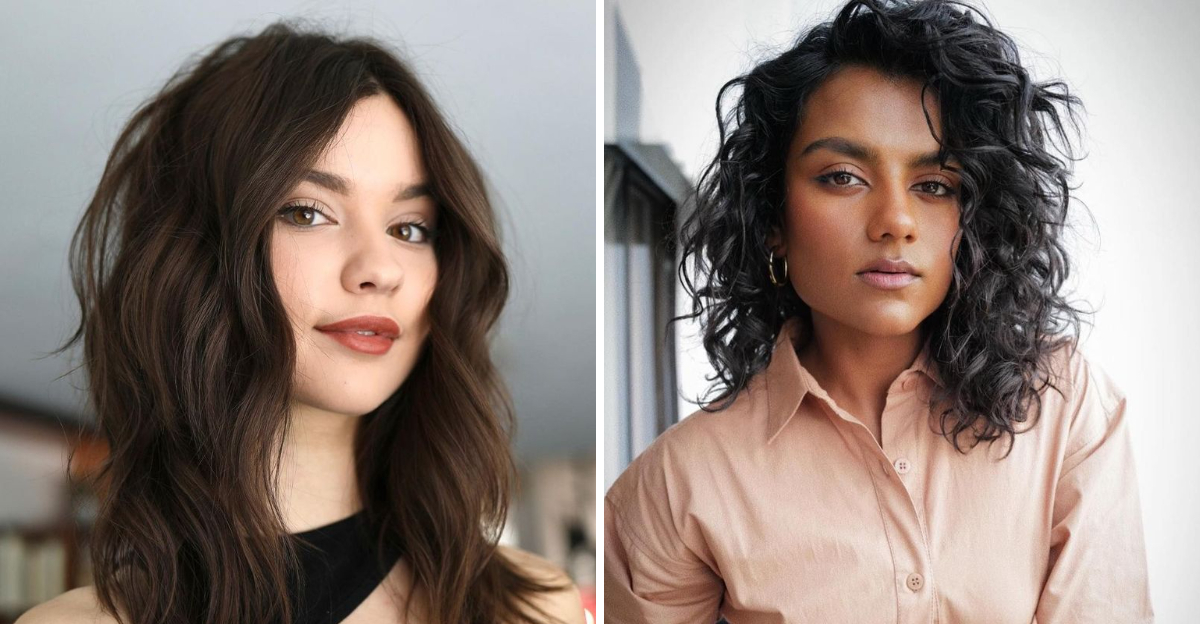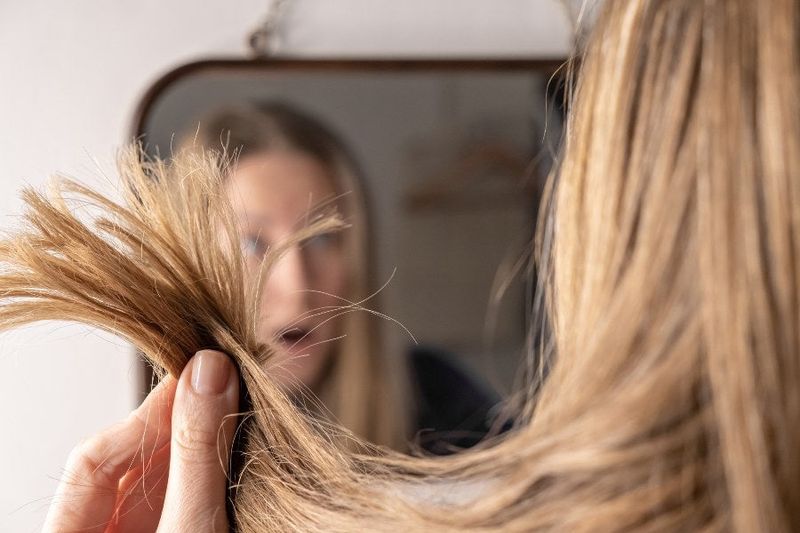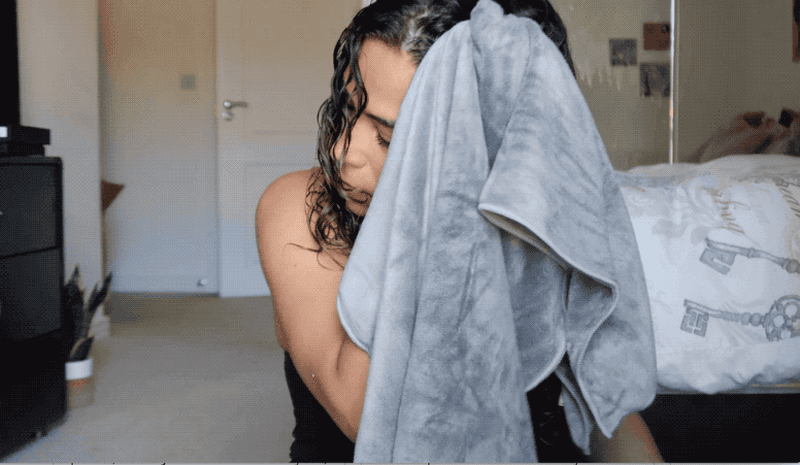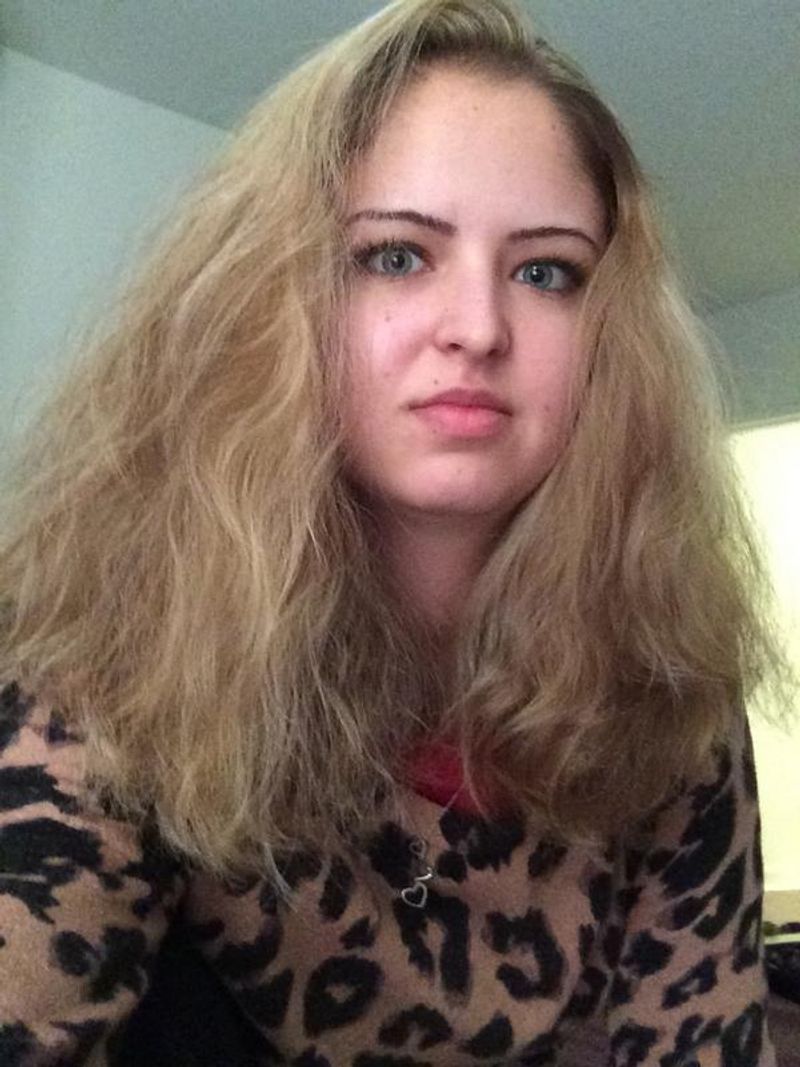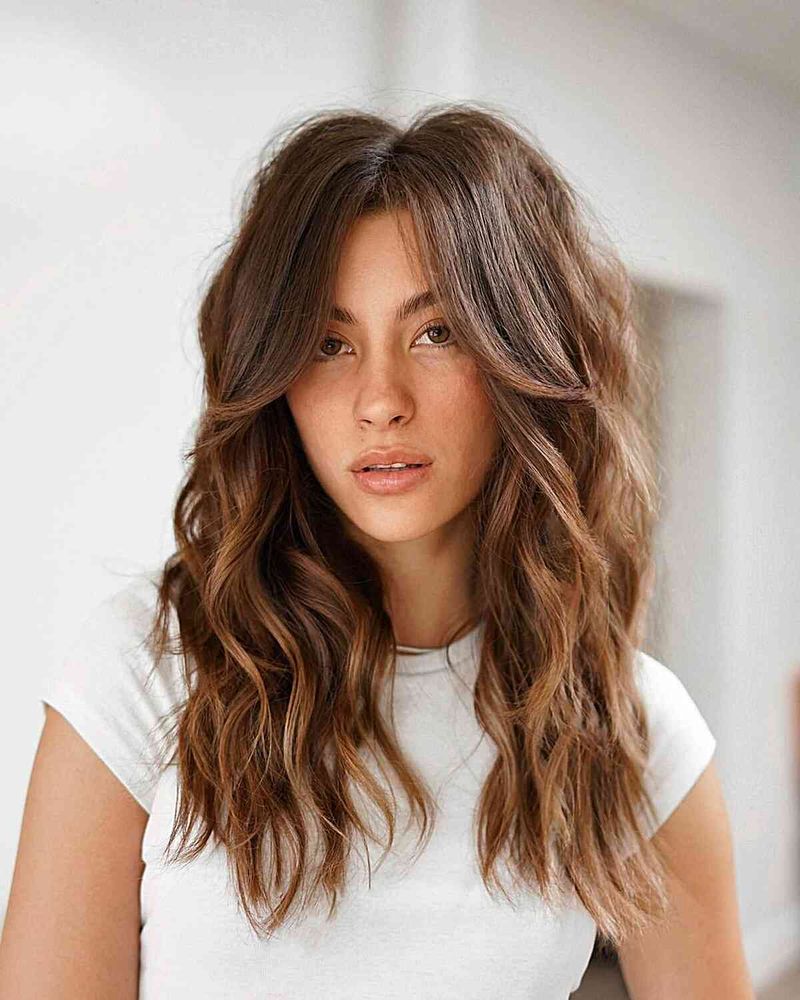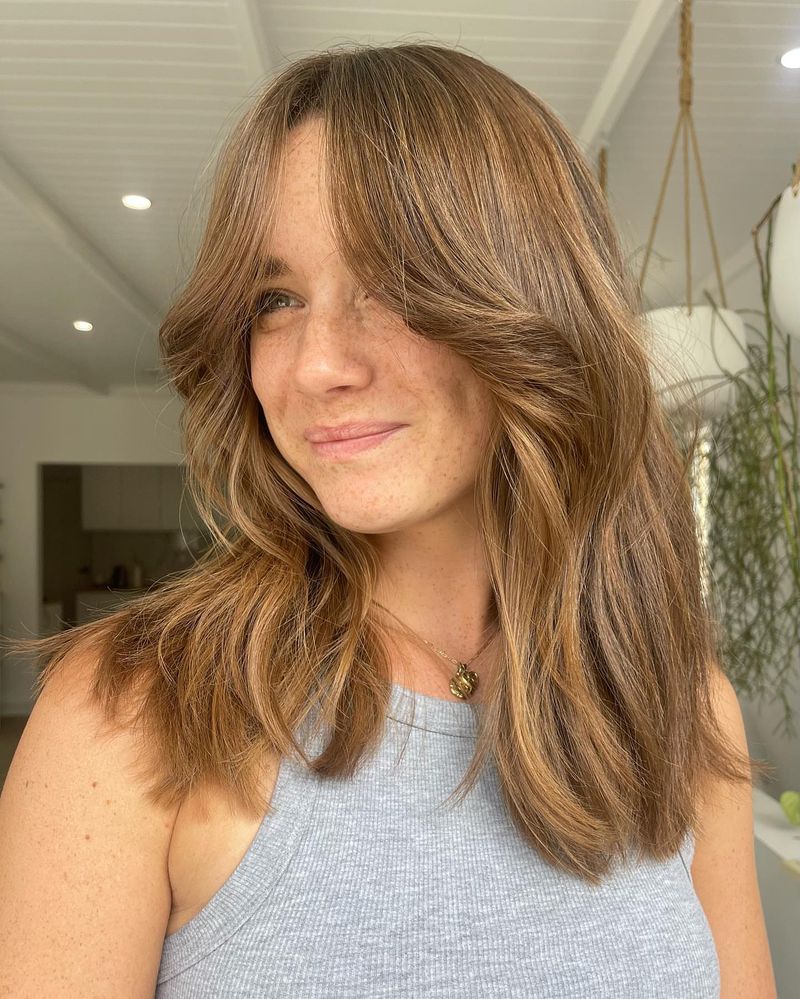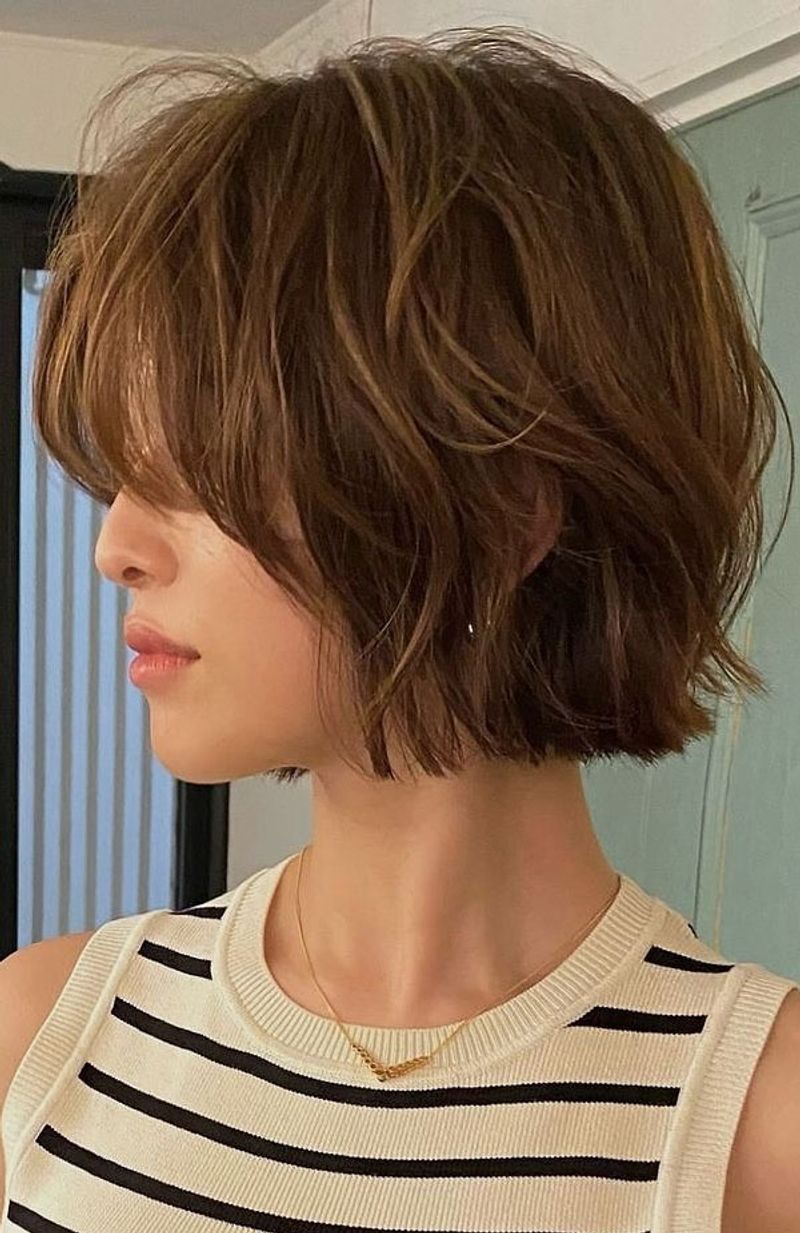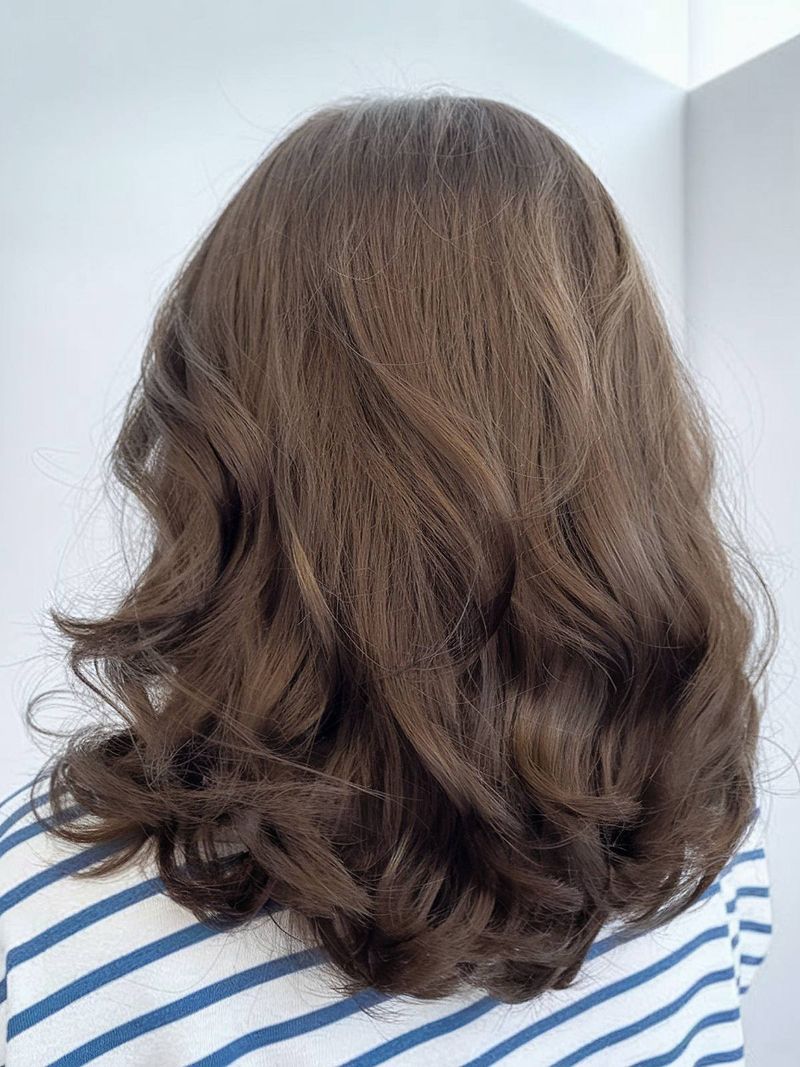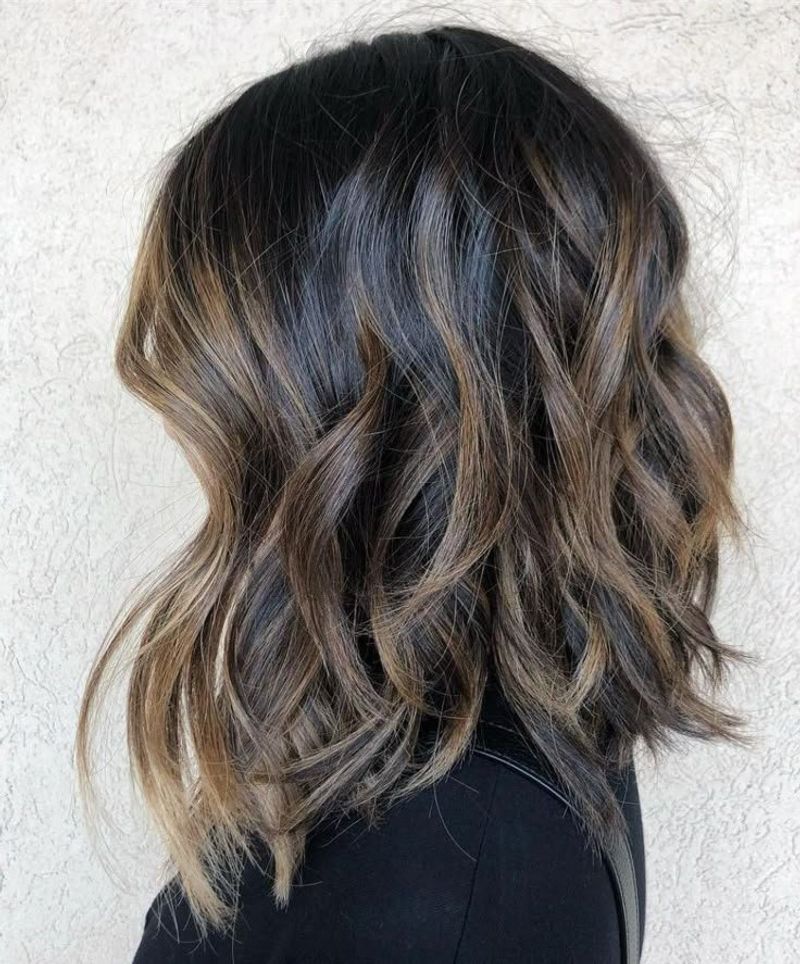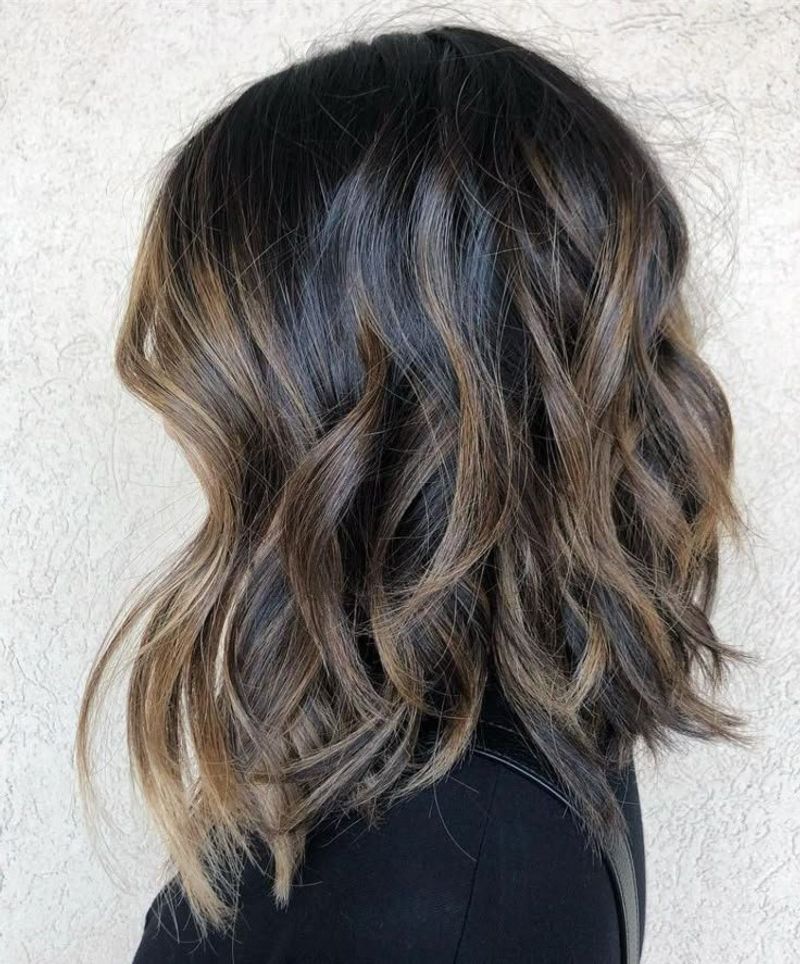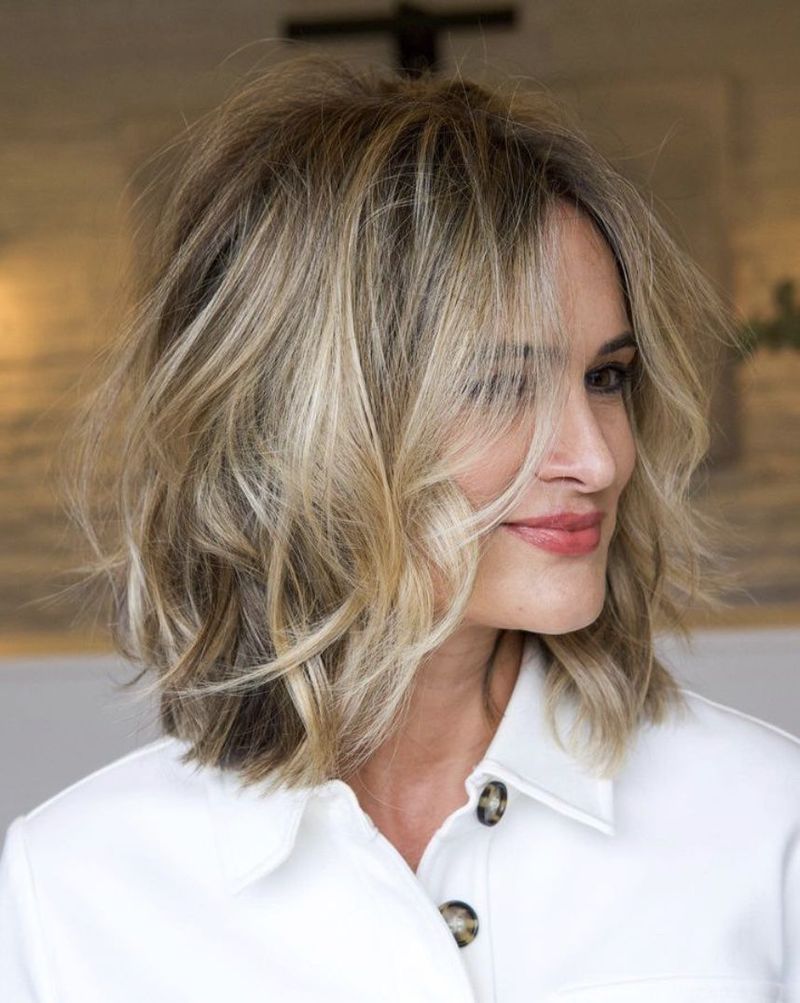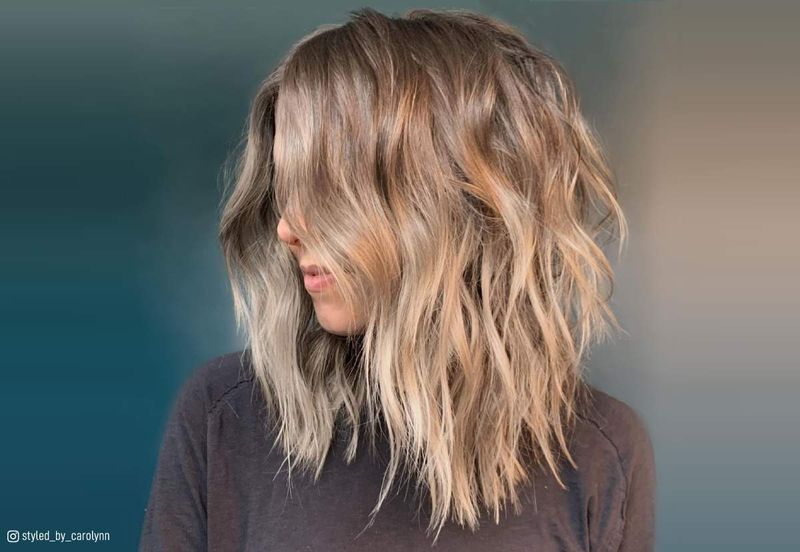Wavy hair can be both a blessing and a challenge. Many of us unknowingly damage our natural waves with harmful styling habits. The good news? By avoiding these texture-killers and trying some fresh hairstyles, you can bring those beautiful waves back to life. Let’s explore what’s hurting your hair and the styles that will help it thrive.
1. Overusing Heat Tools
Flat irons and curling wands might give temporary perfection, but they’re silently destroying your waves. Excessive heat breaks down hair’s natural protein structure, leaving once-bouncy texture limp and damaged.
Try limiting heat styling to once weekly and always use protection spray.
2. Aggressive Towel-Drying
Rough towel-drying creates friction that disrupts your wave pattern and causes frizz. The harsh rubbing motion lifts your hair’s cuticle layer, allowing moisture to escape and frizz to take over.
Switch to gentle scrunching with a microfiber towel instead.
Related: -15 Ways To Wear Your Hair Wavy For Summer 2025 – By A Professional Hairstylist
3. Cepillar el cabello seco
Running a brush through dry wavy hair separates those beautiful waves into a frizzy mess. Brushing disrupts your hair’s natural clumping pattern that creates defined waves.
Only detangle when hair is wet and coated with conditioner using a wide-tooth comb.
4. Using Heavy Products
Thick creams and butters might work for curly hair but often weigh down waves. These heavy formulas can flatten your natural pattern at the roots and create product buildup that dulls shine.
Opt for lightweight mousses and gels specifically formulated for waves.
5. Saltarse los recortes periódicos
Neglecting trims allows split ends to travel up the hair shaft, destroying your wave pattern from the bottom up. When ends split, they create weakness that spreads and disrupts your natural texture.
Schedule trims every 8-10 weeks to maintain healthy waves.
6. Beachy Waves with Face-Framing Layers
Face-framing layers create movement while keeping length intact. The strategic cutting enhances your natural wave pattern rather than fighting it.
This low-maintenance style works with your texture instead of against it, minimizing styling time.
7. Shaggy Lob with Curtain Bangs
The modern shag maximizes volume while the curtain bangs soften facial features. This cut’s multiple layers encourage waves to spring up naturally rather than falling flat.
The textured ends remove weight that typically pulls waves straight.
8. Collarbone-Length Cut with Invisible Layers
Invisible layers remove bulk without creating obvious steps in your hair. This technique preserves length while encouraging waves to form more prominently throughout the mid-lengths.
The collarbone length prevents waves from stretching out under their own weight.
9. Wavy Bob with Side-Swept Bangs
This chin-length bob celebrates natural waves while side-swept bangs add asymmetrical interest. The shorter length encourages waves to spring up more prominently than longer styles would.
The side-swept element creates a flattering frame for your face.
10. Midi Cut with Long Layers
The midi cut—falling between shoulders and collarbone—offers versatility while long layers enhance natural wave movement. This length strikes the perfect balance: not too short to limit styling options, not too long to weigh down texture.
It’s ideal for those transitioning from longer styles.
11. U-Shaped Cut with Textured Ends
The U-shaped perimeter creates a flattering silhouette while textured ends remove bulk that would weigh down waves. This shape distributes volume evenly throughout the hair rather than concentrating it at the bottom.
The rounded outline complements natural wave movement.
12. One-Length Cut with Rounded Layers
A blunt perimeter creates the illusion of thickness while strategically placed rounded layers encourage wave formation. This combination provides structure at the ends while allowing movement throughout the mid-lengths.
It’s perfect for fine-to-medium wavy hair needing volume.
13. Shoulder-Length Cut with Wispy Ends
Shoulder-length hair with wispy ends creates movement while maintaining a polished look. The strategic point-cutting technique removes bulk from the ends without sacrificing length.
This approach encourages natural wave formation while preventing the dreaded triangle shape.
14. Blunt Midi Cut with Internal Layers
The blunt perimeter creates structure while hidden internal layers encourage wave formation. This combination offers versatility—it can be worn sleek or wavy depending on styling.
The internal layering removes weight without sacrificing the clean outline.
15. Asymmetrical Lob with Textured Waves
The slightly longer front creates visual interest while the asymmetry draws attention to your best features. This modern take on the lob works beautifully with natural waves, using them to enhance the cut’s deliberate unevenness.
The textured ends prevent the style from looking too severe.
16. Medium Cut with Curved Layers
Curved layers follow your head’s natural shape, encouraging waves to form in a flattering pattern. Unlike straight-across layers, curved ones prevent shelf-like steps in wavy hair.
This technique distributes volume evenly rather than creating bulky spots.
17. Collarbone Cut with Subtle Graduation
Subtle graduation creates movement at the back while maintaining length around the face. This technique adds volume to the crown area where waves often fall flat.
The collarbone-grazing length offers versatility without weighing down your natural texture.
18. Long Bob with Piece-y Texture
The long bob’s structured outline paired with piece-y texture creates the perfect balance of polish and effortlessness. Strategic point-cutting techniques break up the ends to encourage separation.
This approach celebrates natural wave patterns rather than forcing uniformity.

